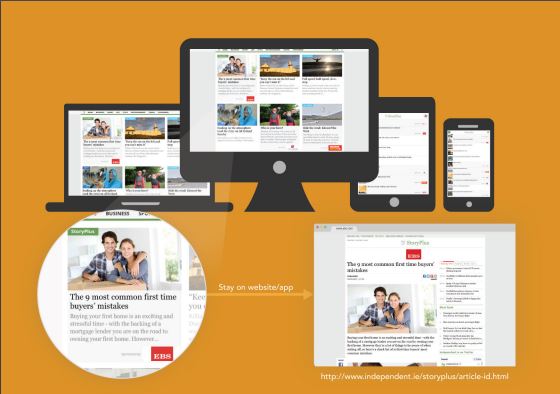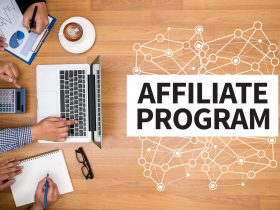Native advertising can be defined as online advertising format that blends a contextually relevant piece of content with the function and form of the original publisher’s content surrounding it. Below are some examples of native advertising.

Examples
Search engine ads – You may have come across search engine ads, when you Google for products or services. They are similar to natural search engine results, but are paid-for ads.
Twitter ads – Promoted tweets on Twitter are a form of native ads.
News feed ads – Next to the publisher’s real news feed this promoted post is displayed. These ‘news’ can be ‘Branded’ or ‘Sponsored’.
Advertorial ads – These can look like the normal editorial content, but they are actually created for brand advertisement. Advertorial ads have been popular for many years.
Video ads – Native ads are not limited to images and texts. As in all other digital marketing channels, video content for native advertising has been growing in popularity over the last 12-18 months.
Benefits of Native Advertising
In today’s ad-centric world, customers have become extremely savvy. They tend to analyze the information communicated through ads with cynicism and distrust. Native ad formats were designed to avert such issues. The native content looks just like the surrounding editorial content. As these ads are not as intrusive as more traditional display ads, marketers tend to see:
- More engaged users that genuinely want to read your content.
- Readers being able to make a connection to your brand, as opposed to the potential negative reaction users may feel when they see ad formats that are associated with spam.
Native Ad Criticism and Debate
Criticism is sometimes levelled at native ads, some say they are designed to trick consumers by making the content look organic as opposed to sponsored.
In defense of Native Ads:
- Labels like ‘Sponsored’ and ‘Promoted’ are used
- It is a win-win solution for everyone – brands get exposure, publisher gets revenue and customer gets information and interesting content.
The skeptics say:
- Labels like ‘Sponsored’ and ‘Promoted’, can be easily overlooked. This can possibly lead to consumer confusion.
- It is not a win for publisher because selling erodes the faith customers have in their editorial content.
Solutions
The IAB released Native Ad guidelines in order to make sure this form of advertising was completely standardized. The key highlights were:
- There must be visual clues for the consumer to identify the ad as paid (e.g. brand logos)
- Consumers need to keep their eyes open and identify the editorial of native ad content. Native ads are always labeled, ‘Promoted’ or ‘Sponsored’.
























